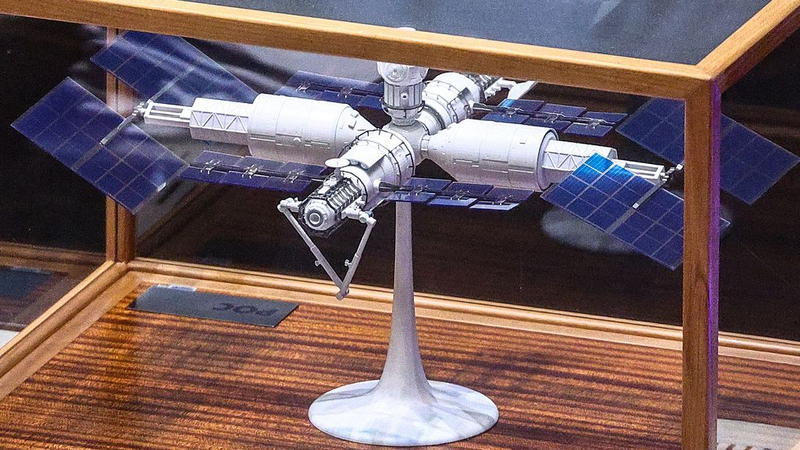Dark matter is like the ultimate hide-and-seek champion of the universe. It's invisible, doesn't emit or absorb light, and makes up most of the cosmos' mass. But a new team of physics heroes may have found a way to catch the smallest of these elusive particles. 🔍✨
In the QROCODILE experiment (Quantum Resolution-Optimized Cryogenic Observatory for Dark matter Incident at Low Energy), researchers from the Hebrew University of Jerusalem, University of Zurich and MIT built superconducting nanowire detectors that double as both the target and the sensor. These ultra-thin wires chill down to 0.1 degrees above absolute zero—colder than deep space! ❄️🧊
Here’s the cool part: at such low temperatures, electrons in the superconductor pair up into Cooper pairs, like dance partners in a cosmic tango. If a dark matter particle collides with the nanowire, it can break these pairs, causing a tiny jolt of energy. That disturbance triggers an electrical pulse, sending scientists a real-time alert that they may have spotted something truly exotic. 💃⚡️
During a 400-hour test run, QROCODILE set a new low-energy threshold, pushing the boundaries of how light a dark matter particle can be. While the detector is still in its early stages and hasn't started formal dark matter hunts, the initial results prove the concept works—and that’s a big deal in the quest to understand our universe’s invisible mass. 📊🚀
Next up, the team plans to boost the detector’s sensitivity and move the experiment underground to dodge background noise (think of it as turning off all the galaxy’s static). They're also gearing up for a larger follow-up experiment, NILE QROCODILE. Get ready for the next chapter in the cosmic detective story! 🌌🔭
Reference(s):
Researchers develop promising method to spot low-mass dark matter
cgtn.com




